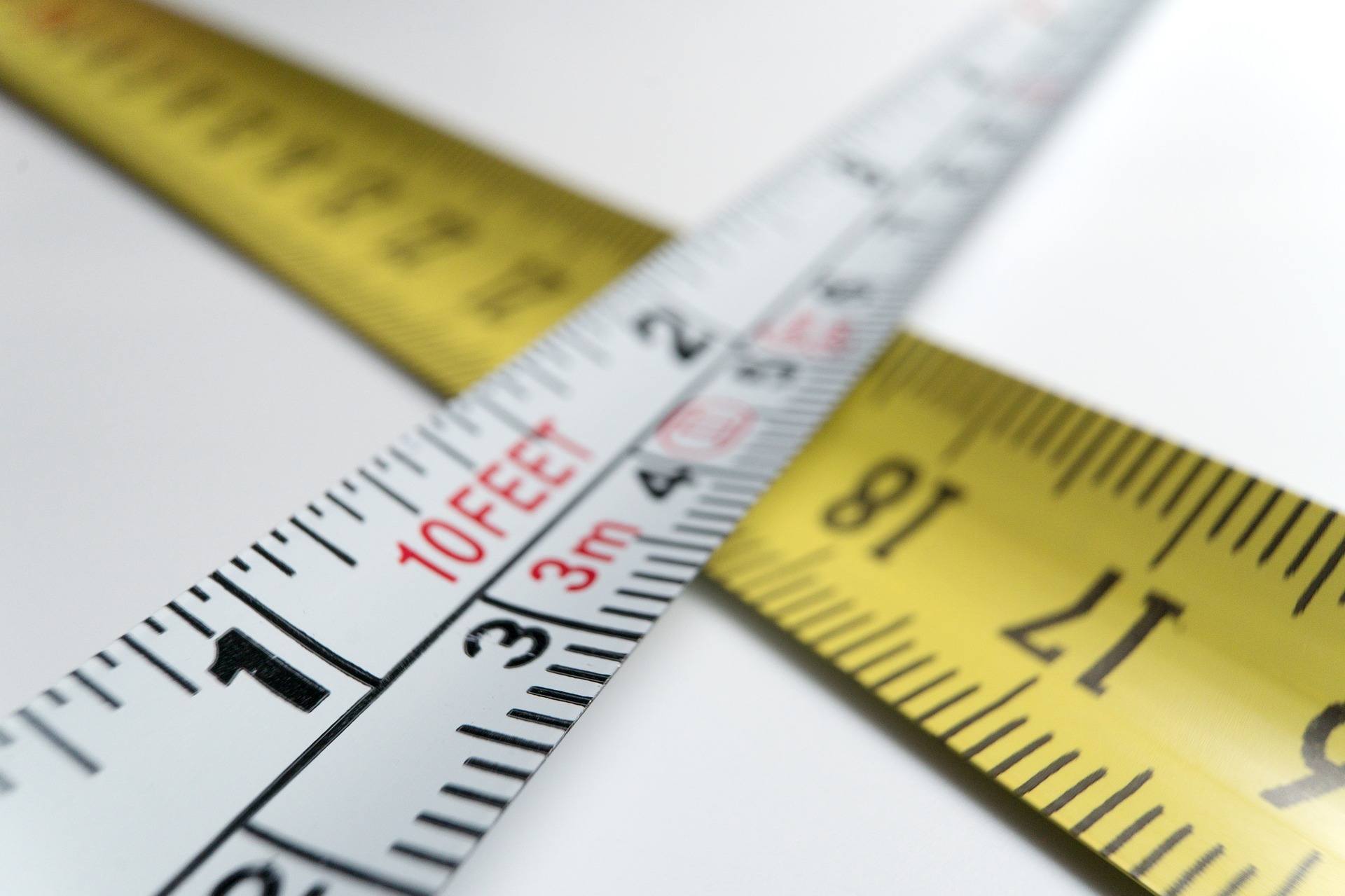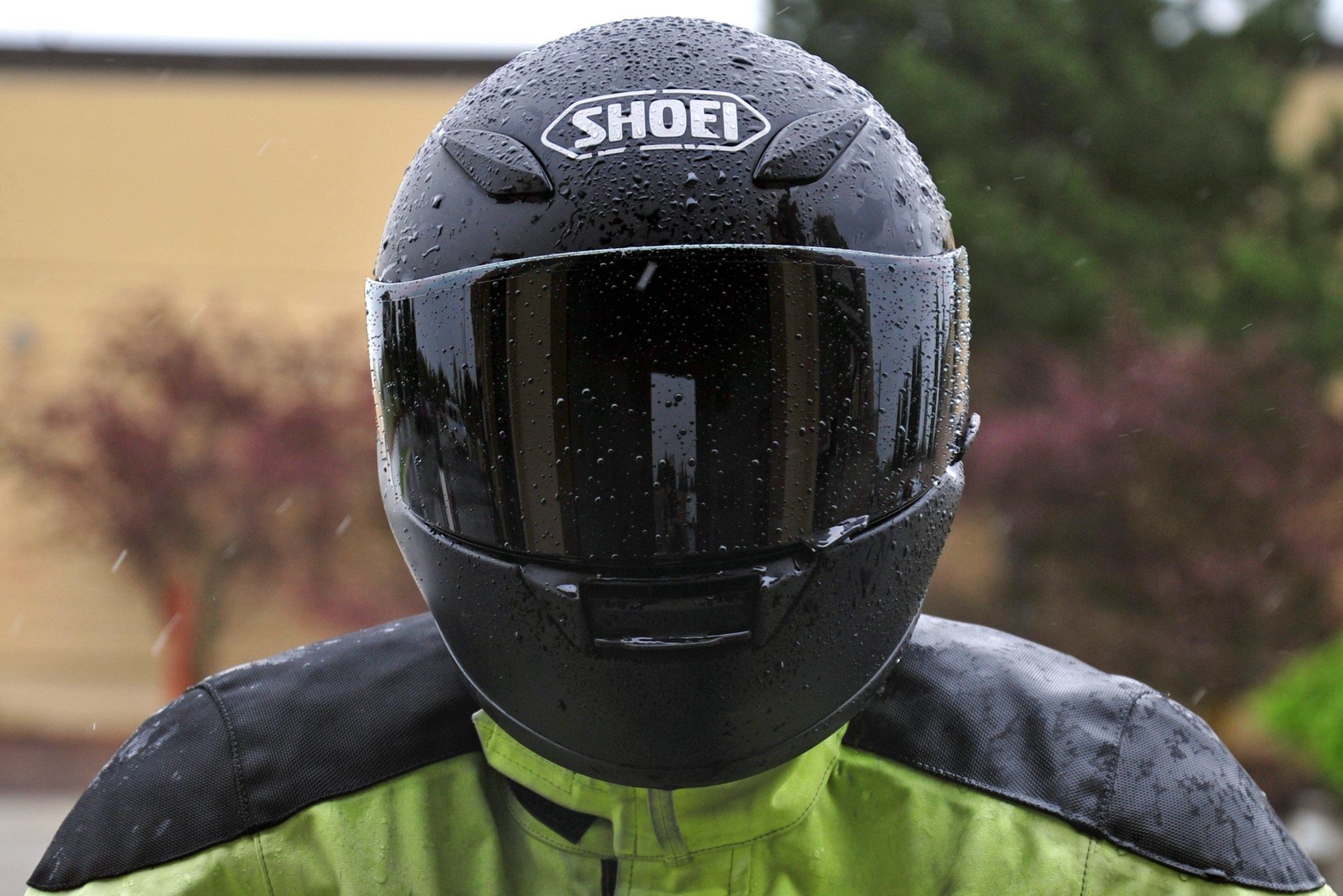Whether you're playing softball, bicycling, riding a motorbike, or playing football, wearing a helmet should be a necessary precaution against injuries.
The Helmet Size Guide – How To Measure Head offers you the information needed as a rider to protect and save yourself from any ultimate traumatic brain injury.
The most practical and useful safety measure for someone involved in the activities above is a, therefore, a helmet.
No other type of motorcycle, bicycle or football gear is more protective or offer a return on investment than the headgear when a severe crash occurs.
In order to avoid buying a wrong helmet, it is recommended to do a bit of research to know the types and shapes of headpieces before buying them.
Buying your helmet online or from a store should involve knowing your head's circumference by having measured it.
How should you measure it? These instructions on Helmet Size Guide – How To Measure Head
below will help you learn how the measurement is done. Helmet sizes differ from one manufacturer to another.
However, the bottom line is that they design them to fit the circumference of your head.
The most well-known method of knowing a helmet size is by measuring the circumference of your head.
Measuring it yourself or with the help of the store clerk is the best way to give your head a perfectly fitting helmet.
Measuring your Head’s Circumference
1. Determine helmet shape.
Find out what the shape of the helmet appears like before you measure the size. Helmets came in three primary forms: long oval, round oval, an intermediate oval.
The shape of the helmet matters based on the types and mainly riding helmets.
2. Wrap the bendable measuring tape all through around your head
Place it just overhead your eyebrows and lay the tape flat on your forehead. Hold it level entirely around.
3. Read the measurement on the tape.
Take a few measures. Choose to go by the broadest measurement you reach.
Put the analysis in writing, and use it for remembrance when you are choosing a helmet during purchase.
Check out this great video on how to measure your helmet:
Trying on a Helmet
1. Determine the type of helmet.
Any helmet you pick to use will be of the category your activity will base on. Any helmet is built to resist all the classes and forces of impact akin to that particular sport.
For instance, you shouldn't take a helmet designed for a bicycle and use it for climbing.
2. Choose a helmet built to fit the circumference of your head
From this post you will learn that majority of helmets can meet a variety of measurements of head circumferences.
Manufacturers of most of these helmets have listed the head size or circumference permanently on the packaging of the helmet.
The designation of the size indicates; small, or medium or large which matches with a helmet-sizing chart which lists measurements of head circumferences.
3. Try wearing the helmet.
Try putting on the headpiece before purchasing it. That'll help you know whether it will fit you.
It should provide enough to cover your forehead as well as your head.
As you wear, make sure you shake your head front-to-back and also side-to-side.
Make sure the helmet is not wobbling in any of the directions.
Let someone place their hand at the top of the headgear and twist it and have your head moving along with the well-fitted helmet. The helmet shouldn't spin freely, except it is too loose.
Checking Before Use
1. Adjust the chin strap of the helmet.
Check if the product requires a chin trap before you use it. Wear it such that it fits snugly without pinching.
Let the trap not be causing breathing, swallowing or speaking difficulty even if it's mild.
Also, let it not be loosed enough that you can pass a finger between the trap and your chin.
2. Go for additionalSome helmet designs have detachable paddings so that users can remove and wash them before returning.
That’s recommendable for hygiene. Buying additional padding is just an option.
3. Inspect before use.
Make sure that before using the helmet, you inspect bit. Let there be no cracks, foam that is missing or damaged.
If you see such damage, then stay away from using it. Return it to that store or manufacturer where you bought it.
Conclusion
Ensure that you can only play, ride or bike after having another helmet that fulfills all the right conditions.
Remember that all sizes are measured in cm. A chart is an excellent guide to pick your size from.
Sizing/fit can vary depending on the brand, so check product description since the table does not ensure a perfect fit.
That makes relying on a single universal sizing chart unrealistic.
With this Helmet Size Guide – How To Measure Head, you now understand that compiling sizing charts from some manufacturers would be quite helpful.
That will help people with head circumferences with differing centimeters (cm), inches (in) to determine their perfect helmet sizes.
If your budget is enough, considering an expensive helmet is preferable.
Such headpieces come in more extensive varieties of sizes. The Specialized Aspire Women's headgear is an example.
It is designed in Small size (51-57cm), Medium size (54-60cm) and also large (57-63cm) offering a more precise and snug fit.
Interestingly, these sizes do crossover such that a 58 or 59cm head measurement can still fit both the small and large size helmet.
Winter rides require that you use a giant headpiece that makes more interior space for a skull cap or hat along with the headgear.

David Williams is an author with a passion for motorcycles and all things related to the world of two-wheeled vehicles. His expertise is evident on his website, The Moto Expert, where he shares his knowledge and insights with fellow enthusiasts. Follow him on social media to stay up-to-date on the latest motorcycle news, reviews, and trends. Whether you’re a seasoned rider or just starting out, David’s content is sure to inform and entertain. Join his community and become a part of the conversation today.



